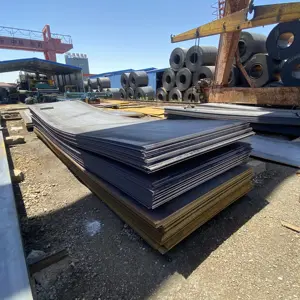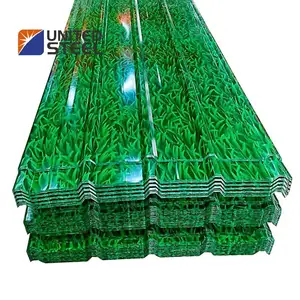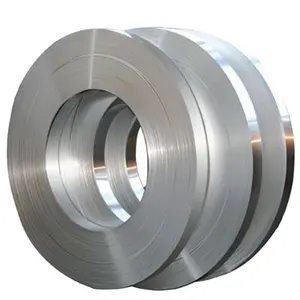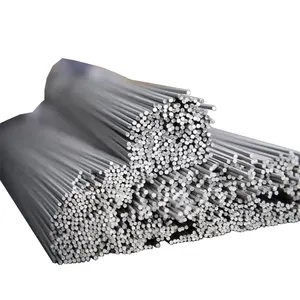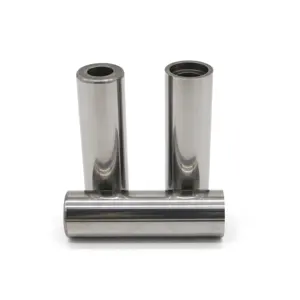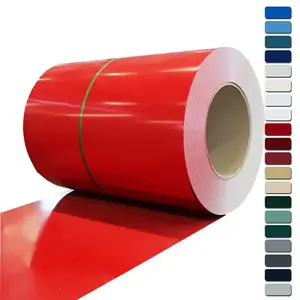Popular in your industry

































































Related Searches:


















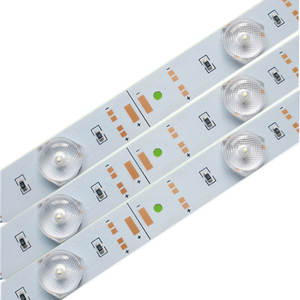



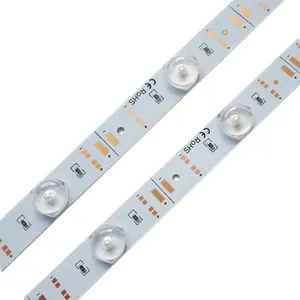





























































































































Top categories
About led diffuser strip
Introduction
Welcome to our detailed buyer's guide on LED diffuser strips, a modern lighting solution that has revolutionized the way we illuminate our spaces. This guide explores the functionality, benefits, and selection process of LED diffuser strips, providing insights into their installation and maintenance to help you maximize their potential.
Understanding LED Diffuser Strips
LED strip lights are a stylish and efficient way to light up any space. Their performance is significantly enhanced when paired with a diffuser, which helps distribute the light evenly, reducing hotspots and creating a more uniform lighting effect. LED diffuser strips allow you to customize the light temperature while also protecting users from the direct brightness of the LEDs. They project an even level of brightness across an entire area, making them an ideal solution for all your lighting needs.
What are LED Diffuser Strips?
LED diffuser strips, such as COB LED strips, are a unique lighting solution that can transform spaces with their continuous, enveloping light. COB, or Chip On Board, LED strips consist of many small chips, giving them a uniform appearance without visible light source seams. This makes them ideal for spaces where you want to avoid visible points of light on reflective surfaces. They're similar to conventional LED strips, but their design allows for a more seamless and uniform lighting effect.
How Do LED Diffuser Strips Work?
LED diffuser strips work by spreading the light emitted from LEDs evenly across a surface, creating a more homogeneous distribution of light. This is achieved by placing the diffuser at a specific distance from the LEDs, often equal to the distance between each LED. The diffuser transforms the direct light into diffused light, essentially becoming a new light source. This results in a more pleasing and evenly distributed light, reducing the appearance of individual LED hot spots. For even better results, a double diffusion method can be used, where a second layer of diffusion is added.
Benefits of Using LED Diffuser Strips
LED diffuser strips offer numerous benefits. They are energy-efficient, reducing your carbon footprint and saving money, potentially making your home 60-70% more energy-efficient. They are long-lasting, with an average lifespan of 50,000 hours, requiring less maintenance over time. LED diffuser strips are easy to install, often equipped with self-adhesive backing and plug & play technology for effortless setup. They are versatile, customizable, and can be used in various installations. Lastly, they are less likely to overheat, making them a safer lighting solution.
Energy Efficiency
LED Strip lights are renowned for their energy efficiency, using 80% less energy than traditional lights. A standard 40W incandescent light produces around 400 lumens, while LED strips can deliver 60-80 lumens per watt, with a meter consuming less than 5 watts. High-end LED strips can offer from 100 to 220 lumens per watt, making them extremely energy-efficient. They can be programmed to turn on and off at specific times, further reducing energy consumption. Additionally, LED lights can be dimmed, allowing for even more energy savings.
Versatility and Customization
LED diffuser strips offer remarkable versatility and customization. Standard lengths can be cut to any size to fit your project. The inner width accommodates LED tapes up to 18mm wide. Moreover, there are 90°, 90° vertical, and 180° couplers available for reconnection. The diffuser's flanges with a honeycomb hole design are perfect for trimless installation between plasterboards, allowing for a seamless integration into your space.
Longevity
LED diffuser strips are renowned for their longevity. Compared to both incandescent and fluorescent lights, LEDs have an impressively long expected lifespan. With an average life-expectancy of approximately 50,000 hours, LED diffuser strips will still be shining bright in 17 years’ time, long after their traditional counterparts have expired. To safeguard their longevity, it's important to install them using aluminum LED profiles, which act as a sink to dissipate any potentially harmful heat, thereby helping them achieve their maximum lifespan.
Choosing the Right LED Diffuser Strips
Choosing the right LED diffuser strip involves understanding the different types available and their specific applications. The Aluminum LED Diffuser Channel, for instance, comes in various heights to meet specific diffusion demands. The closer the diffuser is to the light, the brighter and less diffused the light will be, and vice versa. Diffusers can be customized, with transparent ones allowing up to 95% light transmission, frosted or semi-transparent ones allowing 85~90%, and milky diffusers allowing 65~70%. If you prefer a soft and flexible silicone diffuser, it will transmit 70~75% light.
Consider Your Space
When considering your space for LED diffuser strip installation, it's crucial to understand the light distribution. LEDs emit light from a small point evenly in every direction, often forming a wide cone of light. This light is brightest at the center and loses brightness as you move away. To achieve a more homogeneous light distribution, you can use diffusers. For instance, aluminium extrusions housing LED strips can be used. The depth of the extrusion and the distance from the LEDs play a significant role in achieving an even light distribution, reducing hot spots, and creating a pleasing look.
Understand the Different Types
LED profile diffusers, or covers, significantly impact the lighting effect. They come in various materials like PC, PMMA, Silicone, and PVC, each with unique pros and cons. The diffusers not only provide anti-scratch, anti-extrusion, and anti-aging properties but also influence the light's brightness and uniformity. They range from clear, semi-frosted to opal, milky, and black designs, each diffusing light differently and creating unique lighting effects. The choice of diffuser can alter the visual effects and brightness of the light, making it crucial to select the right one for your lighting project.
Look at the Specifications
The LED Strip Diffuser Channel Aluminum Profile is designed for 11mm LED light strips. It's made from high-quality aluminum alloy, ensuring durability and effective heat dissipation. The product is compatible with low-voltage 10mm COB/5050/2216/2110 LED strip lighting. It comes with three types of PC light diffusers: PC opal microprism diffuser, PC clear microprism diffuser, and PC semi-clear diffuser, each offering a unique diffusing effect. The product is available in silver, white, and black to match your decor. It comes with end caps and mounting clips for easy installation.
Installation and Maintenance of LED Diffuser Strips
Installing LED strip lights, which could be similar to LED diffuser strips, is straightforward due to their adhesive backing. The most challenging part is often choosing the right strips from the numerous options available. This guide will walk you through the installation process, from placing adhesive strip lights to connecting and covering the light strips, and even hardwiring LED strips from scratch if necessary.
Installation Process
Installing LED diffuser strips involves a few key steps. First, clean the surface and attach the channel if needed. Then, unroll the strip, remove the adhesive backing, and stick it to the surface. If you're placing lights around a corner or on an uneven surface, cut them and use connectors. Finally, connect the strip to your power supply and test them. Remember, the adhesive on strip lights will stick best on smooth, stable surfaces. Use waterproof LED strip lights for bathroom or outdoor installations.
Maintenance Tips
Maintaining LED diffuser strips is crucial for their longevity. If a strip malfunctions, it's often due to a faulty connection. The solution is to replace the faulty section with a new one. This involves identifying the faulty strip, removing it, and soldering a new strip in its place. Ensure the power is off before starting the process. If you're unfamiliar with soldering, consider learning the basics first. Also, remember to use any leftover strips before purchasing new ones to lower costs. Lastly, you might need an adhesive agent to put the lights back in their original place.
Conclusion
In conclusion, LED diffuser strips are a versatile, energy-efficient, and long-lasting lighting solution that can transform any space. Their ability to diffuse light evenly across a surface makes them ideal for creating a warm and inviting ambiance. With a variety of types and specifications available, you can customize your lighting to suit your specific needs. Furthermore, their easy installation and maintenance make them a practical choice for both residential and commercial spaces. As you embark on your journey to illuminate your space, remember that the right LED diffuser strip can make all the difference in achieving the perfect lighting effect.
